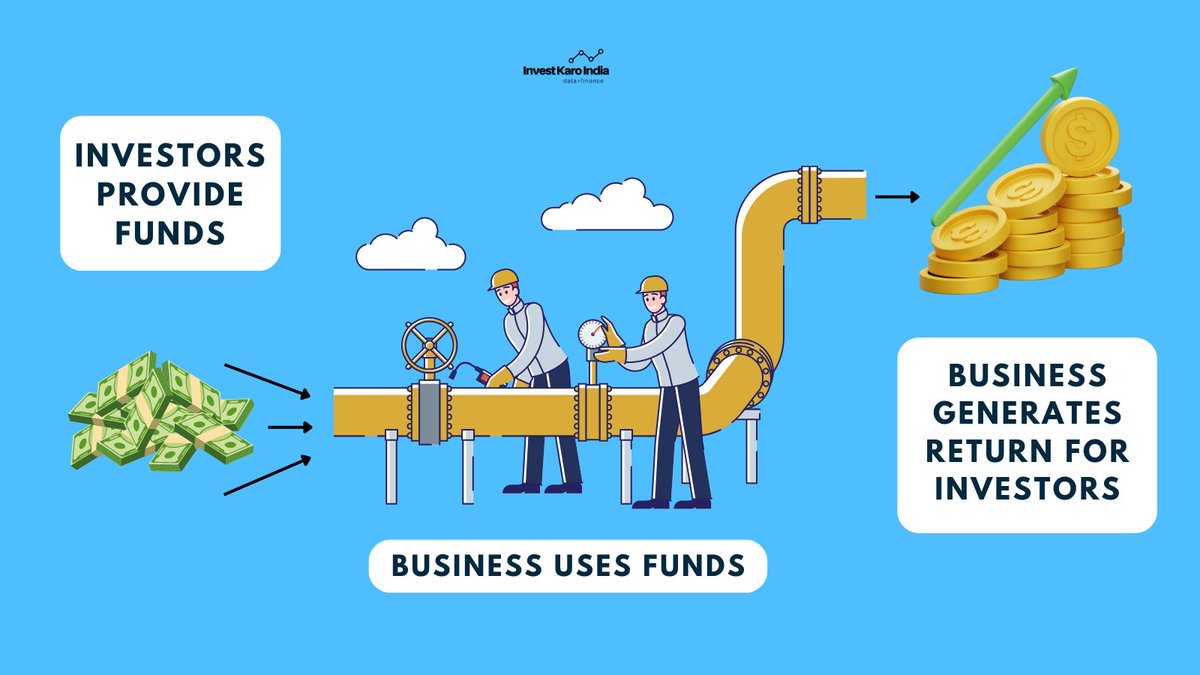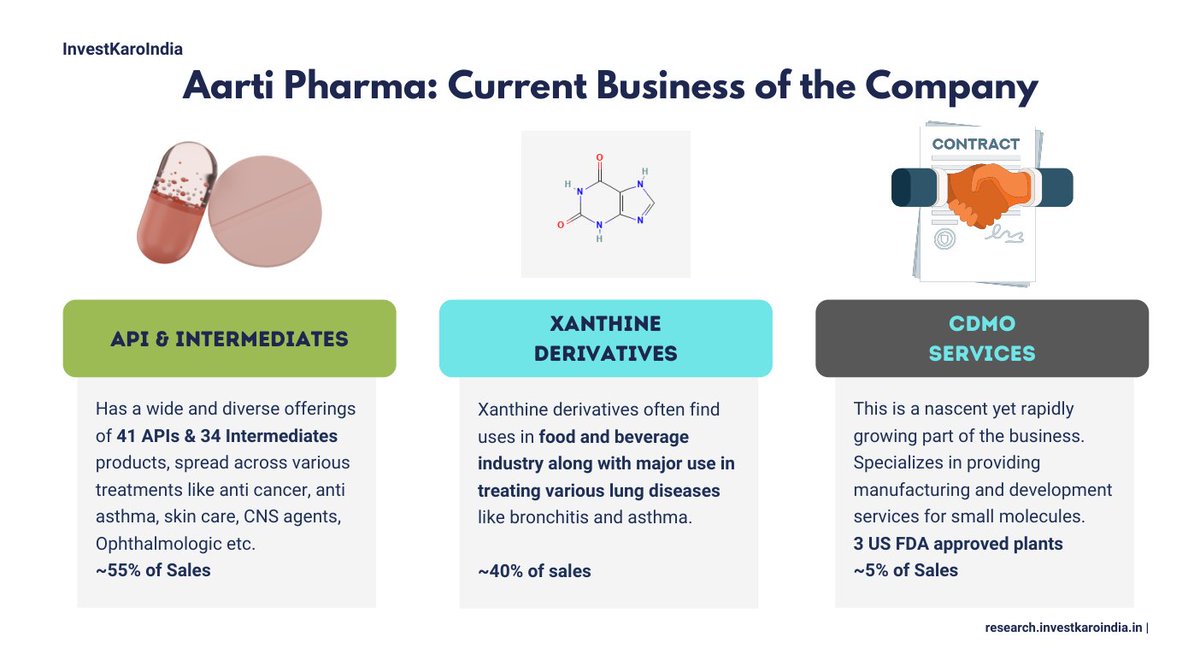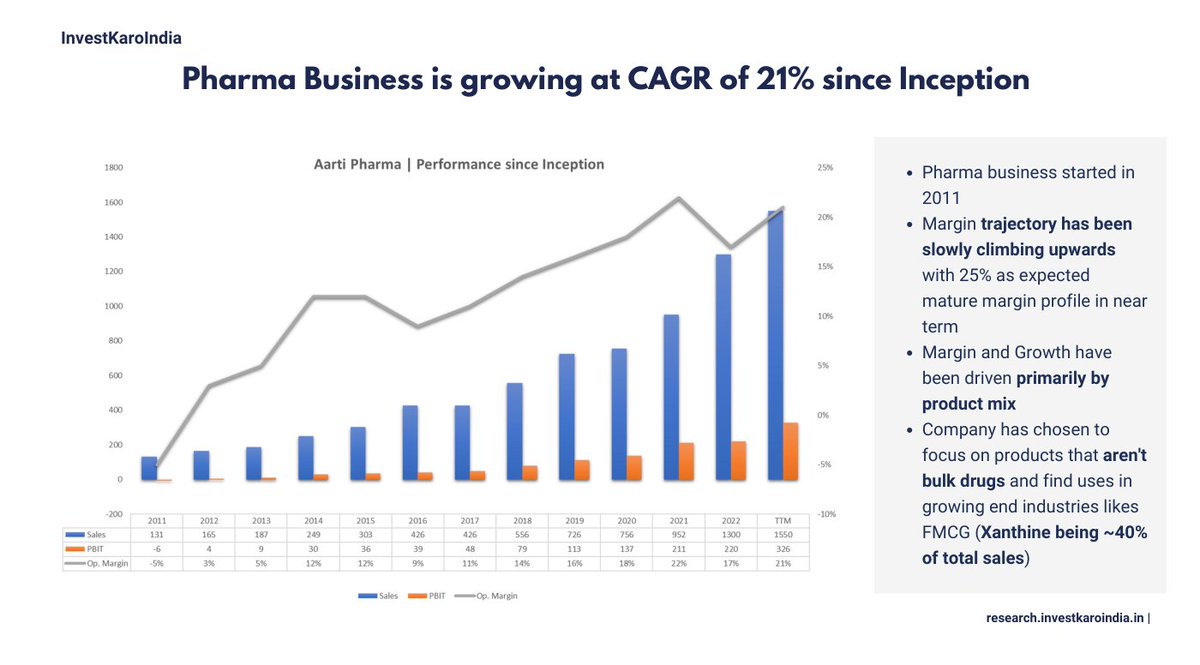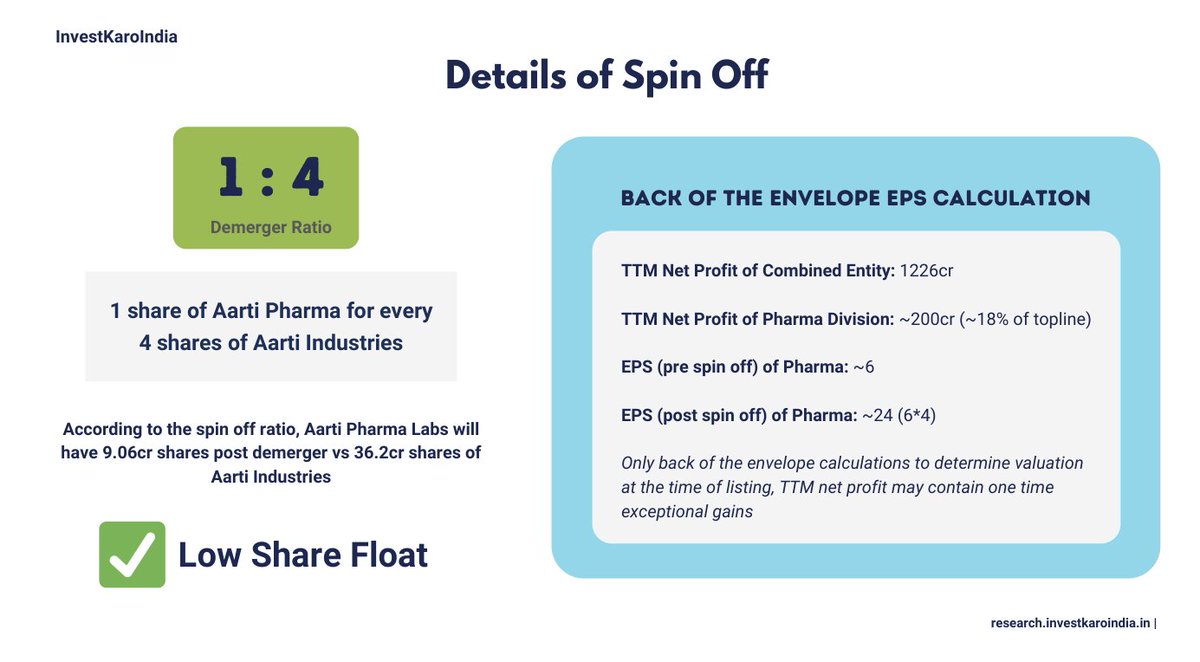1/ It's the weekend!
Grab a cup of coffee. In this thread, I will explain:
1. What is Behavioral Finance?
2. What are biases and how do they impact 99% of investors?
3. What are different types of biases and how to overcome them?
Let's dive right in.
Grab a cup of coffee. In this thread, I will explain:
1. What is Behavioral Finance?
2. What are biases and how do they impact 99% of investors?
3. What are different types of biases and how to overcome them?
Let's dive right in.

2/ Behavioral finance is a field that studies how psychological, human biases and emotions influence financial and investment decision-making. 

3/ Humans by nature are driven by emotions and are a irrational species.
This irrationality seeps through in investing, finance and global capital markets.
This irrationality seeps through in investing, finance and global capital markets.
4/ The worlds leading authority on behavioral finance is Richard Thaler.
He has written and published extensive research about behavioral finance and economics and is largely considered as the father of modern day behavioral finance.
He has written and published extensive research about behavioral finance and economics and is largely considered as the father of modern day behavioral finance.

5/ Lets explore some of the biases (some known and some unknown) that impact all investors.
7/ Confirmation bias refers to the tendency of investors to seek out information that confirms their existing beliefs and opinions while ignoring or downplaying contradictory evidence.
8/ Investors sub-consciously tend to assign more weightage to opinions that align with their views on a stock, rather than focusing on finding disconfirming evidence that goes against them.
9/ This is the reason why stocks like BCG are able to amass almost a cult like following in almost every bull market in India.
This is the same reason why bullish tweets on 'India rising' and 'nationalism' get more likes and engagement than bearish tweets
This is the same reason why bullish tweets on 'India rising' and 'nationalism' get more likes and engagement than bearish tweets

10/ A good investor is always looking for disconfirming evidence in order to control and overcome the 'confirmation bias'.
This is what Munger meant when he said 'All I want to know is where I'm going to die, so I'll never go there.'
This is what Munger meant when he said 'All I want to know is where I'm going to die, so I'll never go there.'

12/ Anchoring bias describes the tendency of investors to rely heavily on a particular piece of information or reference point when making investment decisions.
13/ As opposed to popular belief, Anchoring bias isnt just prevalent on price points but also to existing investments in a portfolio.
14/ Once an investor anchors to a stock, they fail to recognize and act upon any new information simply because either they are holding the stock for too long or because they have spent countless hours researching and reading up on it or simply cause they dont want to.
15/ This is the reason why investors frown upon 'churn rates' and dont want to book profits even when the tides turn for the worse in a company.
They would rather sit on an underperforming stock than explore new opportunities.
They would rather sit on an underperforming stock than explore new opportunities.
16/ This is also the reason why 'Buy and Hold' investing related books & 'Coffee Can' investing concepts are easier to sell to the masses.
People like easy, familiar stuff even if it is proven to work only during very specific scenarios that may or may not be applicable to them.
People like easy, familiar stuff even if it is proven to work only during very specific scenarios that may or may not be applicable to them.
18/ As the name suggests, this bias refers to the information available to investors. Investors tend to base their decisions on readily and recent available information that is easy to access and/or is memorable.
19/ If a stock falls by 25% in a single day - that is referred and remembered more by investors than its 10x returns in the last 5 years.
This is one of the biggest reasons why asset mispricing and investment opportunities exists in the market.
This is one of the biggest reasons why asset mispricing and investment opportunities exists in the market.
20/ A recent example of this is META.
The stock fell 25% on 27th Oct 2022 and made the bottom the very next week. Its up 200% since then.
The stock fell 25% on 27th Oct 2022 and made the bottom the very next week. Its up 200% since then.

21/ At its bottom, investors focused on the $10B yearly capital spend by META on building its metaverse hardware and software products, but completely ignored $50B of cash from operations that it generates or that 1 in 6 people in the world uses a META product.
22/ Humans like sensationalism and have short memories, thats why media (esp. business media) talks about price every second of every day rather than focus on value.
24/ Authority bias occurs when investors rely heavily on the opinions or recommendations of perceived experts or authorities without conducting independent analysis.
25/ The best example of this is seen everyday on Twitter.
Just because my account's following is relatively large, I am labelled as an 'expert' and everything I tweet about must be true.
Just because my account's following is relatively large, I am labelled as an 'expert' and everything I tweet about must be true.
26/ People ignore the fact that my Twitter following and my investing skills have no relation at all. The same is the case with multiple profiles here.
28/ Regret aversion bias refers to the tendency of investors to avoid making decisions that could potentially lead to regret, often by sticking to safer, more conservative investments.
29/ If you, as an investor made a large loss in a stock, its very likely that you would never ever invest or trade that stock again - even if fundamentals and conditions for the stock change for the better.
31/ The illusion of control bias occurs when investors believe they have more control or influence over investment outcomes than they actually do.
32/ You as an investor will have a tendency to believe and attribute your investing success to your 'investing skills' rather than just the broader market being bullish.
33/ Even if your performance is sub par, you will continue to invest on your own rather than move to an index fund.
34/ I hope this thread, helped you understand the various biases in investing and made you aware enough to hopefully control and overcome them in your investing journey.
35/ If you're new here, I write a new thread every weekend, explaining an investing concept.
Here is a link to all my other threads
Here is a link to all my other threads
https://twitter.com/itsTarH/status/1401095938945425410
36/ Occasionally conduct value chain webinars for various industries, here is one for #RenewableEnergy sector 👇
https://twitter.com/itsTarH/status/1663883243060629504
37/ Also, publish deep dives into one listed company every month. Join 19,000+ readers at the link mentioned in the picture below.
38/ Was this thread helpful?
39/ Have you experienced these biases? If yes, tell me in the comments!
Please retweet, the first tweet in this thread.
Follow me @itsTarH for more.
Thank you for reading!
See you next weekend with a brand new thread.
Please retweet, the first tweet in this thread.
Follow me @itsTarH for more.
Thank you for reading!
See you next weekend with a brand new thread.
https://twitter.com/itsTarH/status/1667403729140850688
• • •
Missing some Tweet in this thread? You can try to
force a refresh

 Read on Twitter
Read on Twitter






















